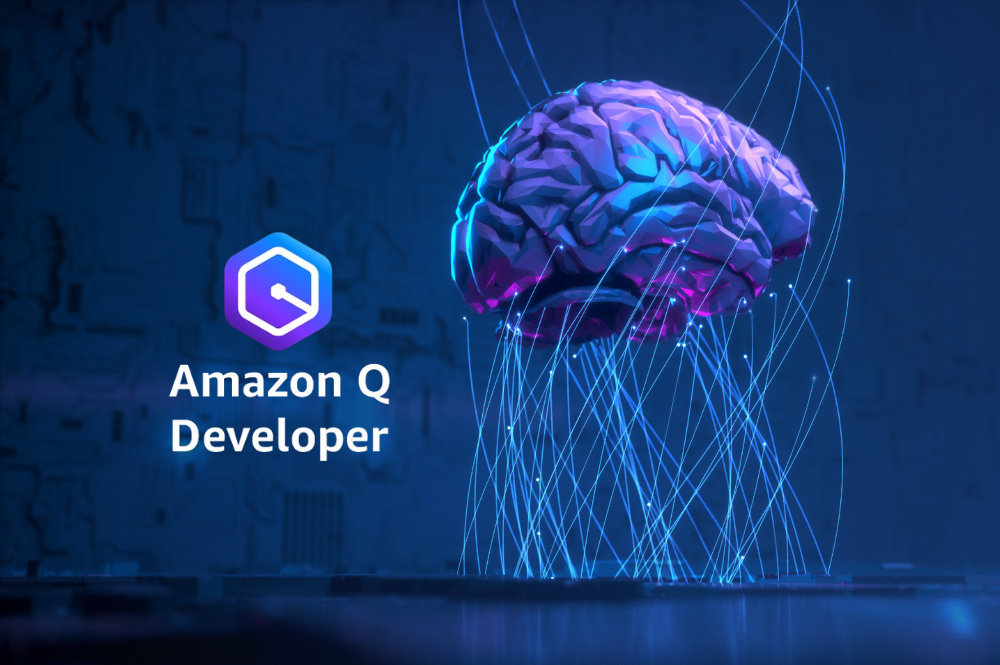Imagine building an application for your business where AI-driven agents take on complex tasks, breaking them down into manageable steps and executing them with precision. With Amazon Bedrock, this is now possible. Its multi-agent collaboration feature allows specialized agents to work together seamlessly, automating intricate business workflows while ensuring accuracy and efficiency.
Amazon Bedrock agents harness the reasoning power of foundation models (FMs), APIs, and real-time data to analyze user requests, retrieve relevant information, and execute tasks efficiently. By automating these processes, your teams can focus on innovation and high-value work. Whether you’re optimizing operations or tackling complex challenges, this intelligent automation empowers businesses to drive meaningful impact. As Dr. Swami, VP of AI and Data at AWS, highlighted at re:Invent 2024, businesses looking to make generative AI a core part of their applications have turned to Amazon Bedrock. That’s why its customer base has skyrocketed—growing 4.7x in just the past year.
While multi-agent collaboration isn’t new, recent advancements in large language models (LLMs) have significantly enhanced areas such as reasoning, understanding, generation, and decision-making Therefore, by creating a network of specialized agents, you can solve increasingly complex challenges such as planning a trip, optimizing healthcare patient care, coordinating a marketing campaign, and even handling large-scale construction projects.
In this blog, we’ll explore how businesses can leverage multi-agent collaboration on Amazon Bedrock to build generative AI applications that execute complex tasks.
Challenges with Single-Agent Systems
Single-agent systems work well for simple tasks but struggle with more complex processes such as agent orchestration, session handling, memory management, and adapting to unexpected challenges. Their key limitations include:
- Collaboration Issues: Single-agents cannot collaborate with others, limiting their effectiveness in complex tasks that require diverse skill sets.
- Scalability Challenges: As tasks grow more complex, single-agent systems struggle to manage all aspects, often causing performance bottlenecks.
- Adaptability Restrictions: Single-agents may not easily adapt to new or unforeseen challenges without significant reprogramming.
- Resource Limitations: Processing power and memory limitations prevent single-agent systems from handling complex tasks requiring large-scale data processing.
While single-agent systems face many limitations, the next section explores how multiple agents can work together to overcome these challenges and enhance overall efficiency.
What Makes Multi-Agent Collaboration So Powerful?
At its core, multi-agent collaboration is about creating synergy between AI agents, each with a specific role, to tackle challenges no single system could manage alone. Think of it as a team of AI specialists: one focused on data analysis, another on decision-making, and others managing communication, all working together seamlessly. With Amazon Bedrock, you can build Generative AI applications that effortlessly coordinate these agents to simplify workflows, solve problems faster, and unlock smarter solutions.
Multi-agent collaboration in Amazon Bedrock enables multiple specialized AI agents to work together seamlessly, breaking down complex tasks into manageable parts. A supervisor agent coordinates the process by delegating specific tasks to specialist agents, each optimized for a particular role.
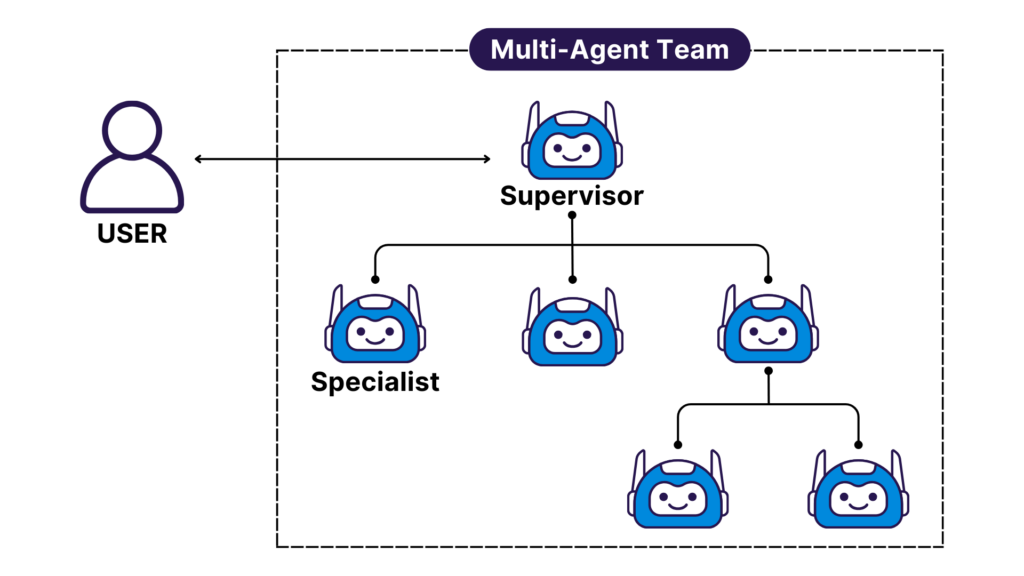
Figure 1: Multi-Agent Collaboration Framework
This approach ensures efficient task execution by leveraging the strengths of each agent while maintaining a centralized system for planning and orchestration. With Bedrock’s fully managed capabilities, the collaboration process is streamlined which delivers higher accuracy and productivity for complex, multi-step tasks.
For instance, a multi-agent system in investment advisory might consist of agents specialized in market trend analysis, portfolio management, risk assessment, and financial forecasting. Similarly, a retail operations multi-agent system could manage tasks like sales forecasting, inventory management, logistics coordination, and dynamic pricing strategies.
The Magic Behind Multi-Agent Collaboration
Sometimes, the most elegant solutions are the simplest. Multi-agent collaboration on Amazon Bedrock proves this. Let’s uncover the essential components that make this approach so effective and show you how less can be more when it comes to complex task management.
Agents and Their Roles
- Supervisor Agent: This acts as the central coordinator, breaking down tasks, delegating them to specialized agents to ensure smooth execution.
- Specialist Agents: Each agent focuses on a specific domain, such as healthcare diagnostics or software development, to maximize efficiency and expertise.
Inter-Agent Communication and Coordination
- Facilitating Communication: The supervisor agent enables seamless interaction between specialized agents using a standardized communication protocol.
- Efficient Data Sharing: Payload referencing reduces communication overhead by allowing agents to reference large data blocks instead of repeatedly transmitting them. This enables faster, more efficient collaboration.
Optimized Collaboration Modes
- Supervisor Mode: Best suited for managing complex, interdependent tasks by analyzing, breaking down, and orchestrating multiple agents.
- Routing Mode: Enhances efficiency for straightforward queries by directly routing tasks to the relevant specialist agent, bypassing full orchestration.
Multi-Agent Systems in Action
Let’s bring this to life with a scenario. Say you work at a travel agency and a customer tasks you with planning a trip to Dallas. This customer has specific requirements regarding the weather, hotel bookings, and local sightseeing spots.
So, how does multi-agent collaboration on Amazon Bedrock make it happen?
The following figures illustrate an interactive application powered by multi-agent collaboration. In this process, you start by submitting a request to the supervisor agent. The supervisor agent then coordinates with specialized subagents to handle the specific tasks. Once the necessary information is gathered, the supervisor agent returns a comprehensive response and even takes action on your behalf.
We’ll dive even further to show the steps involved.
Step 1: Make Your Request
You submit your request to the supervisor agent looking for tourist sites, weather details, and hotel availability for your customer’s Dallas weekend getaway.
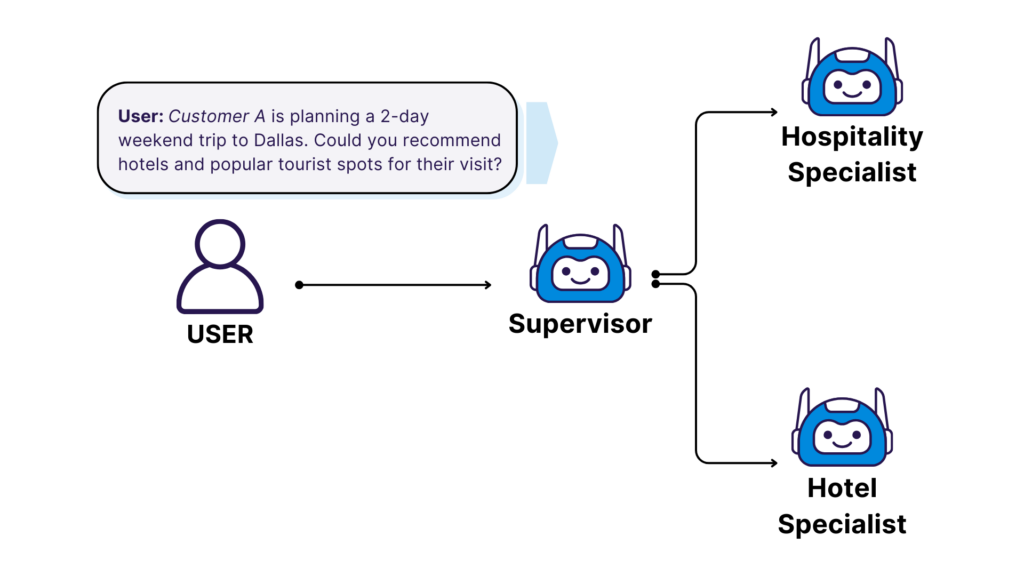
Figure 2: You make your request, and the supervisor agent takes charge.
Step 2: The Supervisor Agent Delegates Tasks
The supervisor agent takes a look at your request and assigns tasks to the relevant specialist agents. One agent looks up the weather forecast and local attractions, while another checks hotel availability and prices.
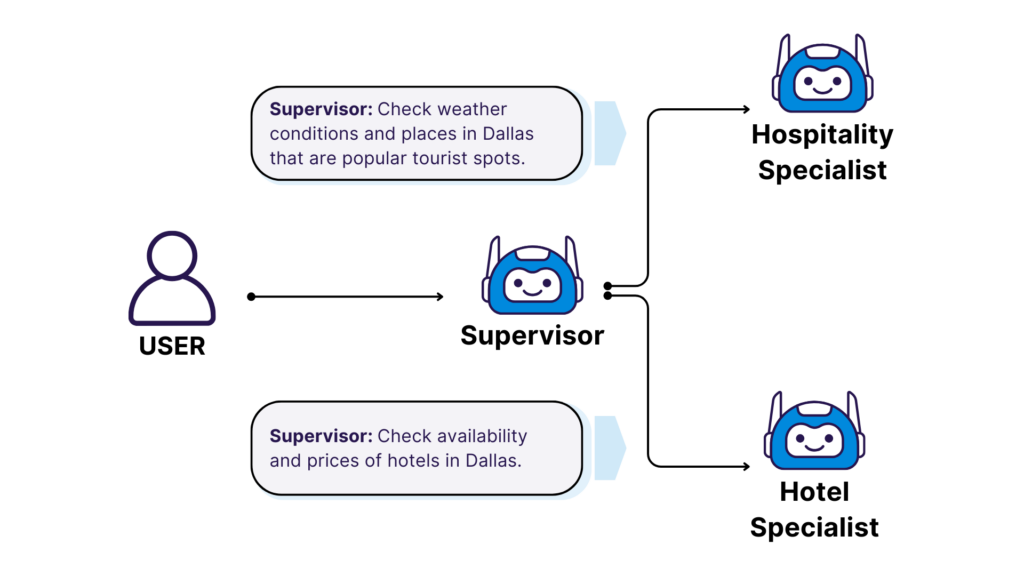
Figure 3: The supervisor breaks down your request and hands over the tasks to the specialist agents.
Step 3: Specialist Agents Gather Data
Each specialized agent gets to work, gathering the information you need such as weather conditions, tourist spots, and hotel availability. Then, they send the collected data back to the supervisor agent.
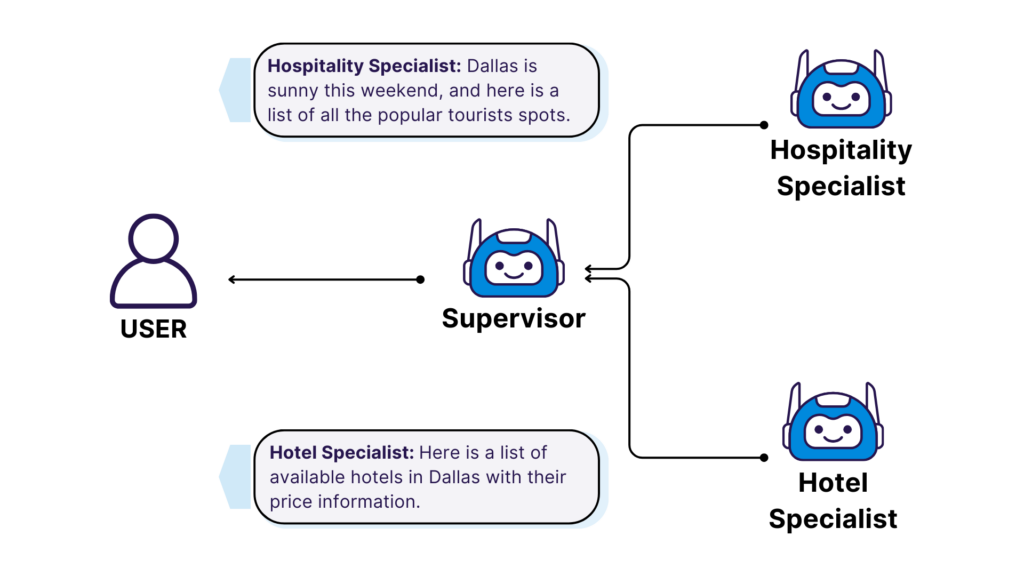
Figure 4: The specialist agents gather the necessary data and send it back to the supervisor for review.
Step 4: The Supervisor Delivers the Results
The supervisor compiles everything for you, organizing details about the weather, popular tourist spots, hotel availability, and prices. It then presents it all in one neat package, giving you the option to accept the plan or request adjustments.
If you’re happy with the plan, the agents can also execute the tasks on your behalf, such as booking the hotel, arranging transportation, or even sending confirmation details to the customer to ensure a seamless and hassle-free experience.
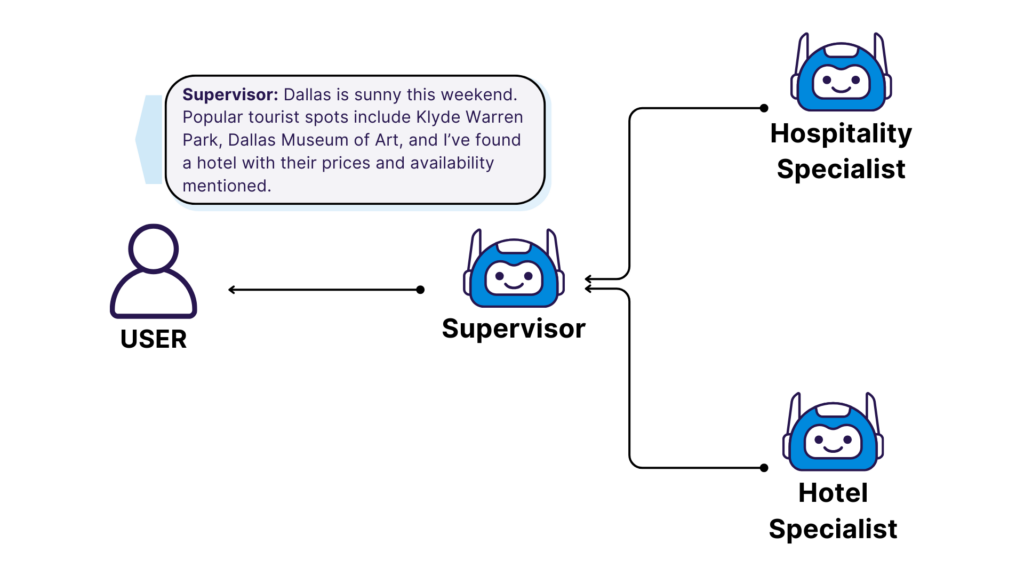
Figure 5: The supervisor presents the compiled information, making your decision-making easy and efficient.
Now that we’ve seen how multi-agent collaboration works, let’s talk about the real benefits of using this approach in your business!
Scaling Intelligence: The Benefits of Multi-Agent Systems
Multi-agent systems shine by breaking tasks into specialized pieces that work in harmony. Let’s compare how multi-agent systems outperform single-agent systems in key areas such as efficiency, scalability, and troubleshooting.
Distributed Problem-Solving
By dividing complex workflows into manageable subtasks, multi-agent systems allow specialized agents to handle specific tasks. This approach speeds up problem-solving and improves efficiency, with each agent focusing on its area of expertise. For example, in a healthcare setting, one agent could manage patient appointments, another could handle medical records, and a third could track real-time doctor availability.
Specialization and Increased Efficiency
Specializing in individual tasks enables agents to work more efficiently and with fewer errors. These specialized agents are versatile, making it easy to reuse them in different scenarios. For instance, in software development, you might have dedicated agents for programming, testing, and code reviewing to ensure faster development and higher quality.
Scalability and Robustness
Multi-agent systems are built to scale easily. As your needs grow, you can simply add more agents or update existing ones without affecting overall performance. This modular design makes the system more adaptable and robust, able to handle complexity and recover from failures better than a single-agent system could.
Simplified Troubleshooting and Maintenance
With independent agents, troubleshooting becomes a lot easier. When something goes wrong, you can isolate the problem to a specific agent, which makes diagnosing and fixing issues much simpler. Unlike single-agent systems, where problems can be harder to pinpoint, multi-agent systems allow for quicker, more efficient debugging.
Future-Proofing Architecture
The adaptable nature of multi-agent systems makes them future-ready. They can evolve alongside new technologies or requirements, allowing the integration of new features or agents without causing disruptions. Unlike single-agent systems, which can struggle with upgrades, multi-agent systems are designed to evolve with your business’s needs.
Why Choose Multi-Agent Collaboration for Your Applications?
With Amazon Bedrock, building and managing multi-agent systems becomes simple and efficient, even for teams without deep coding expertise. Here’s why multi-agent collaboration is the perfect solution for your Generative AI applications:
- Rapid Deployment: Amazon Bedrock enables rapid deployment of AI agents, allowing businesses to create, integrate, and manage multi-agent systems within minutes. It doesn’t even require extensive coding expertise.
- Adaptive Framework: Existing AI agents can be seamlessly integrated as subagents within a larger system. This ensures flexibility and scalability to meet evolving workflow demands.
- Efficient Task Processing: The platform supports parallel communication between specialized agents which enables faster execution of complex workflows while optimizing resource utilization.
- Accuracy and Validation: Dedicated agents can be assigned to validate data sources and cross-check references. This ensures high levels of accuracy and reliability in system outputs.
- Effortless Orchestration: Amazon Bedrock simplifies agent management through optimized collaboration modes, thereby reducing the need for manual oversight and minimizing system complexity.
- Embedded Debugging and Tracking Console: Developers can enhance system reliability by monitoring, analyzing, and troubleshooting agent interactions in real-time using the built-in trace and debug console.
If you’re interested in learning more about Amazon Bedrock, check out our blog, Harnessing the Power of Generative AI With Amazon Bedrock.
Real-World Use Cases of Multi-Agent Collaboration
To truly understand the power of multi-agent collaboration on Amazon Bedrock, it’s crucial to examine real-world challenges. Let’s explore some compelling examples of how multi-agent collaboration is making an impact in the real world.
Healthcare
Think about coordinating patient care among different specialists, doctors, nurses, and even researchers. With multi-agent collaboration, each expert can have their own agent managing their specific part of the treatment plan.
Impact: By having these agents work together, you get more accurate diagnoses and personalized treatment plans. This results in better patient outcomes and a smoother care process.
Fintech
Imagine using AI to create personalized investment strategies for each client. Each agent could analyze market trends, risk levels, and individual preferences to offer tailored advice.
Impact: With multi-agent collaboration, financial advisors can make more informed decisions faster. It offers clients strategies based on real-time data and precise, intelligent analysis.
Education
Adaptive learning systems powered by AI can adjust to each student’s learning pace. Different agents can be assigned to track progress, provide resources, and suggest exercises.
Impact: This results in a customized learning experience for each student which helps them stay engaged, learn more effectively, and achieve better results.
Software Development
In open-source development, agents can collaborate to manage different tasks, such as coding, testing, and documentation, across a global team of developers.
Impact: With distributed agents handling these tasks simultaneously, innovation accelerates which allows for faster updates, improvements, and a more robust final product.
Leverage Multi-Agent Collaboration with Cloudelligent
At Cloudelligent, we specialize in helping businesses leverage the full potential of Generative AI to achieve their objectives. We guide you in building AI-driven agents that seamlessly integrate with your existing systems, APIs, and data sources. This empowers you to automate intricate processes, enhance customer experiences, and unlock new levels of efficiency.
The future of AI is here, and multi-agent collaboration is leading the charge. Don’t get left behind. Schedule a Free AI and Machine Learning Consultation, and let’s discuss how we can use multi-agent collaboration to elevate your applications and unlock new possibilities for your organization.








